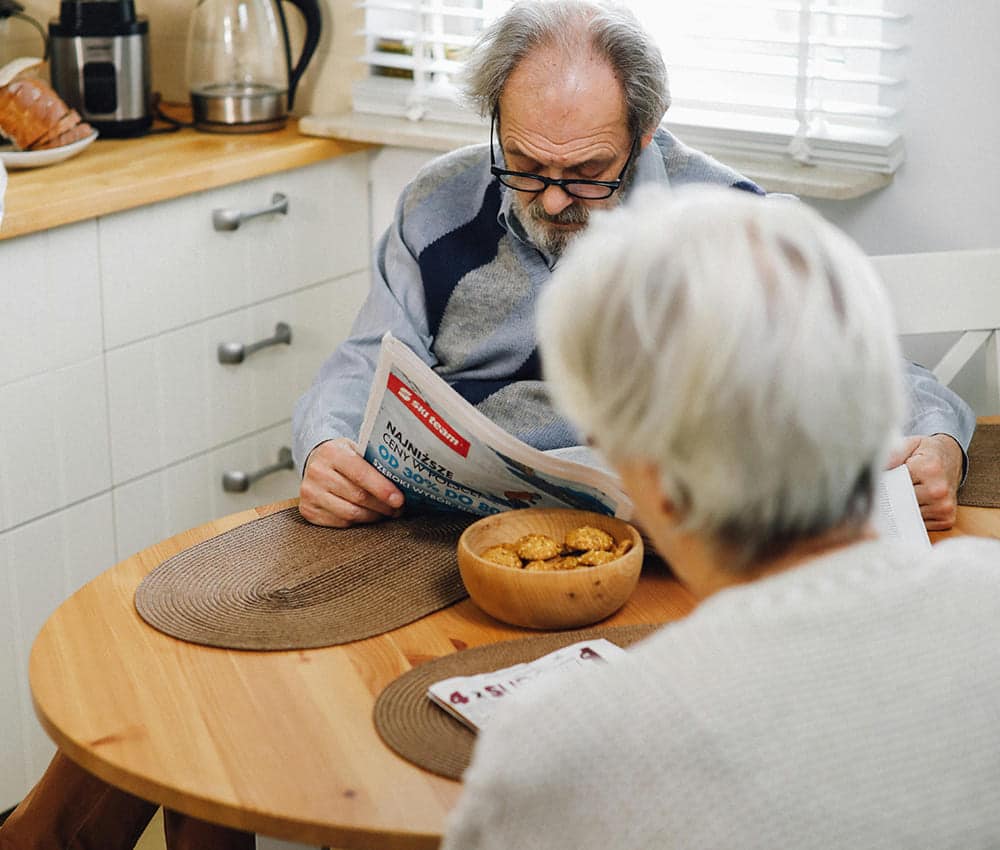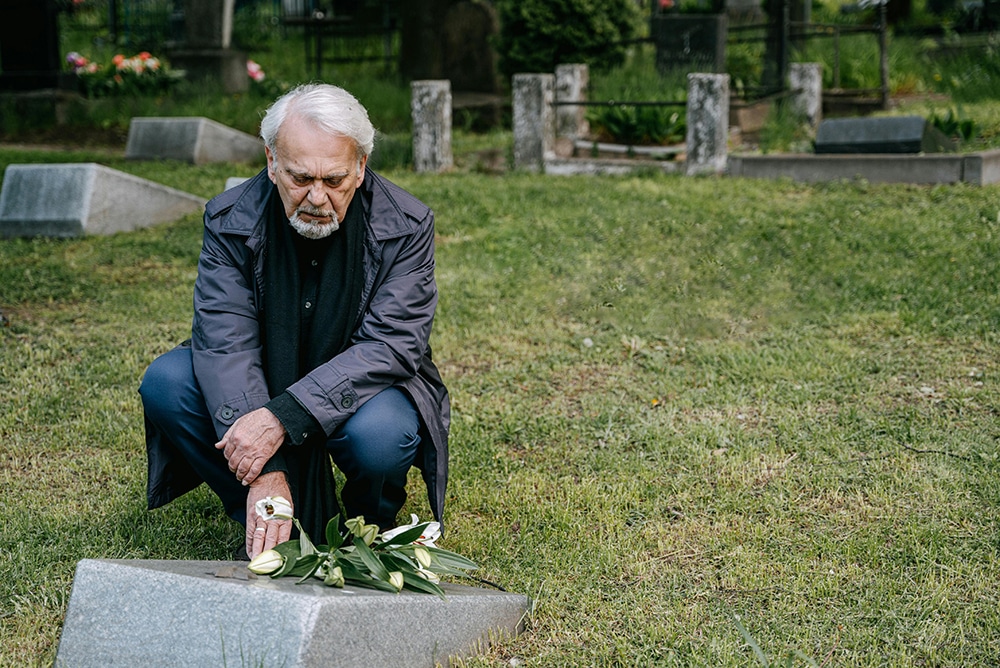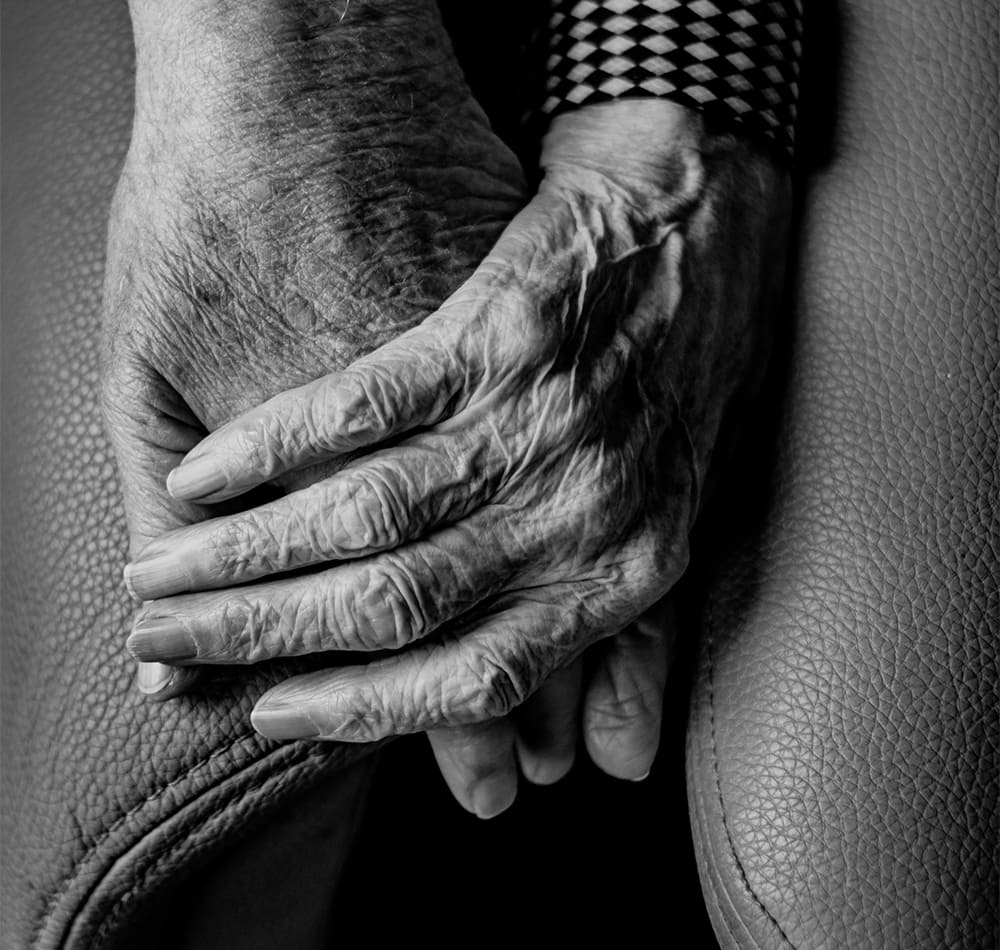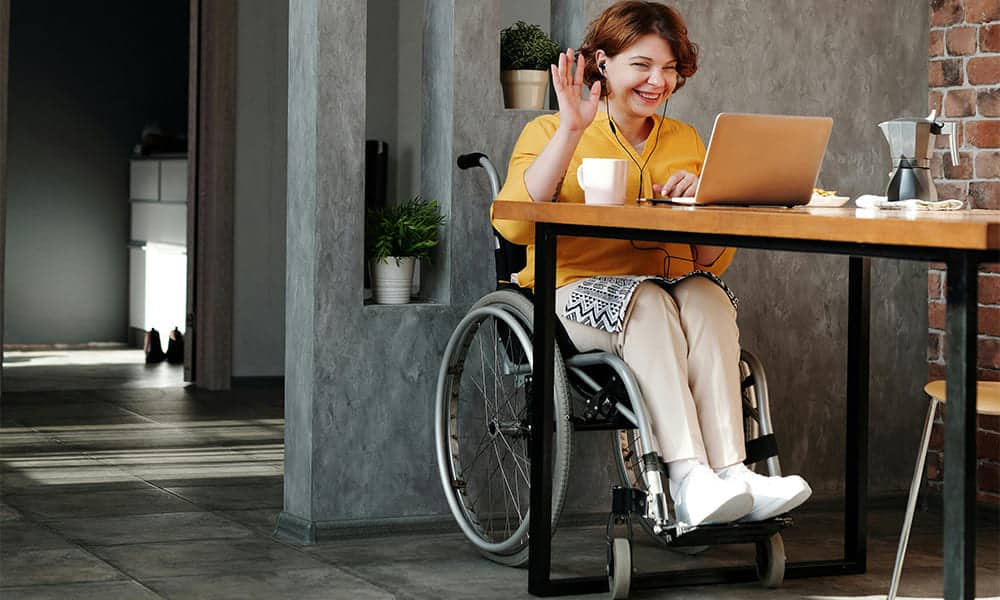Developing a comprehensive nursing care plan for Lewy Body Dementia (LBD) is essential for providing effective care and improving the quality of life for patients. By understanding the specific needs of individuals with LBD and implementing tailored strategies, healthcare professionals can address the challenges associated with this complex condition.

Christopher Ravn
Key Takeaways
1. A successful nursing care plan for LBD must be tailored to the individual patient's needs, considering their cognitive, physical, and emotional state.
2. Conduct a thorough assessment to identify specific symptoms, strengths, and challenges, allowing for targeted interventions.
3. Involve a team of healthcare professionals, including doctors, nurses, therapists, and social workers, to develop a comprehensive and coordinated care plan.
Table of Contents
1. Nursing Care Plan For Lewy Body Dementia
2. What Should Be Included In A Lewy Body Dementia Nursing Care Plan?
3. How To Create A Comprehensive Nursing Care Plan For Lewy Body Dementia
4. How To Manage And Communicate With Individuals With Lewy Body Dementia?
5. What Are The Specific Nursing Care Plans For Lewy Body Dementia?
6. How To Evaluate And Plan Dementia Care
7. Frequently Asked Questions About Nursing Care Plan For Lewy Body Dementia
Nursing Care Plan For Lewy Body Dementia
In general, a nursing care plan is a document that has information about a patient’s specific needs, goals, and interventions to address a certain condition. When it comes to Lewy Body Dementia (LBD), it is important to have an effective care plan to address the complexity and needs of patients with LBD.
- It helps to identify the characteristics and needs of each patient with LBD.
- Caregivers learn about strategies and techniques to manage difficult behaviors. This helps deal with safety and independence.
- It addresses issues such as agitation, hallucinations, and sleep disturbances.
- Healthcare providers are able to discuss openly to ensure that care is provided without confusion.
- It offers the flexibility to adjust to the alterations required in LBD treatment over time.
- The patient primarily identifies with objects, people, and their surroundings.
- Interventions to help manage patient behavior such as agitation, aggression, and hallucination.
- Activities to enhance cognition and engagement.
- Determine measures to reduce fall risk while keeping the environment free from clutter and incorporating assistive devices.
- Assist with patients’ personal care and hygiene.
- Managing medication and side effects.
- Prevention and safety measures.
- Managing difficult behavior through validation therapy.
- Reduce noise levels and simplify living space.
- Ensuring assessments and adjustments to the care plan are conducted well.
- Working with other healthcare professionals to come up with a cohesive approach.
What Should Be Included In A Lewy Body Dementia Nursing Care Plan?
- Changes in balance, gait, function, or any signs of Parkinsonian features. It is important to understand Lewy body dementia vs Parkinson’s to not confuse each other.
- Evaluate memory, attention, language, and other cognitive issues.
- Patient assessment such as physical, cognitive, behavioral, functional, emotional, and social needs.
- Nursing interventions such as the orientation of their surroundings, modifying the environment to reduce clutter, noise, and strong lighting, using simple and clear language, and scheduling structures.
- Management strategies such as using a team consisting of nurses, psychologists, therapists, and social workers to design a care plan. Make sure that the care plan is flexible and adaptive, focuses on the patient, and provides caregiver support.
Importance Of Personalized Nursing Care Plan For Lewy Body Dementia
- Accommodate the many types of motor and cognitive impairment.
- Minimize confusion and agitation.
- Discover safety and incorporate strategies.
- Tailor communication and social interaction to fit patients’ unique needs.
- Create a routine.
- Modify activities to cognitive and motor abilities.
- Introduce patients’ hobbies and activities into their routine.
- Provide some time so that the patient can relax.
- Administration and monitoring of medication usage and its side effects.
- Ability to manage symptoms based on the patient’s needs.
- Ensure that regular assessments are conducted.
How To Create A Comprehensive Nursing Care Plan For Lewy Body Dementia
- When looking into an assessment care plan, it is important to ensure that information such as patient data, symptoms, family and caregiver expectations, and family medical history are analyzed to identify patterns and trends.
- The goal then should be set to identify priorities, maintain and improve abilities, manage symptoms, promote risks and manage safety, boost quality of life, and overall, ensure that family and caregivers are involved to set realistic goals.
- As for intervention planning, it is necessary to come up with a plan that will define medication management, behavioral interventions such as redirection, improve the environment by reducing noise and better lighting, and gather assistance for daily living.
- Care for LBD patients.
- Handle challenging behaviors and recognize changes in patients’ attitudes or conditions.
- Handle the emotional and physical demands of caregiving.
- Cognitive issues such as agitation, hallucinations, or wandering.
- Motor issues such as rigidity
- Sleep issues
- Changes in mood, such as anxiety
- Reduce aggression and improve sleep.
- Boost balance and mobility
- Provide autonomy
- Assistance with approaches such as behavioral therapy and occupational therapy.
- Nature of LBD as it is a progressive condition.
- Fact that each patient provides a unique trait or condition that requires tailored interventions.
- Quality of life, which allows for adjustment to care plans and enhances caregiving support.

Other Incorporations Into A Daily Care Plan For Lewy Body Dementia
- Social interactions such as regular visits from loved ones, family, and friends, social visits, or community activities are important.
- Emotional support such as open communication between patient and loved ones, emotional validation, and counseling for both patient and caregiver are equally important.
- It is also important to teach mindfulness and relaxation techniques to patients to manage stress and anxiety.
- Music therapy for dementia is also important to promote positive emotions and memories.
- It’s crucial to prioritize caregiver self-care by ensuring respite care, finding support groups, and participating in self-care activities.
Join families who have found relief with EVY LIGHT®
Click below to see how EVY LIGHT® is helping others
How To Manage And Communicate With Individuals With Lewy Body Dementia?
- The language used is clear, simple, and straightforward. This helps prevent confusion.
- You are talking about familiar topics, such as activities and routines that the patient is familiar with.
- The person’s emotions are validated, which may help reduce anxiety.
- Use non-verbal cues to show empathy.
- Choices to the patient are offered and remain calm when communicating with them.
- Visual aids are used, such as calendars or pictures, to communicate and facilitate.
- By reducing noise, there is a reduction in disturbances.
- Communication is encouraged in patients.
- Provide emotional and physical support.
- Simulate sensory activities for dementia patients through music, aromatherapy, or a massage.
- Create a routine and structure.
- Establish respite care for caregivers to get a break and encourage them to get involved in support groups to share and gain support.
How Do You Manage Behavior In Lewy Body Dementia?
To manage behavior in LBD, one needs to incorporate behavioral and environmental modifications.
- Educate caregivers to determine medical issues.
- Conduct assessments to understand the patient’s likes and needs.
- Ensure that there is a reduction of noise and minimal activity.
- Provide therapy or interventions that are not pharmacological.
- Minimal and spatial clutter.
- Provide a comfortable and safe environment.
- Use visual aids to help the patient move through the environment with ease and less confusion.
- Ensure that there is less noise or distractions from the TV, radio, or loud noise to trigger the patient.
What Are The Signs That Lewy Body Dementia Is Getting Worse?
- Increase falls, rigidity, walking, and other motor issues.
- Cognitive issues are getting worse, such as confusion, memory loss, and attention span.
- Increased mood swings or changes, such as anxiety, depression, agitation, and orderly mood disorders.
- Sleep and wake cycles worsen.
- Blood pressure biomes worse and there is increased dysfunction in blood pressure and urinary incontinence.
- Speech and swallowing worsen with increased hallucinations.
What Is Sundowning With Lewy Body Dementia?
- Increase agitation and confusion.
- Mood swings and delusions,
- Constant pacing and insomnia issues.
- Increased times for screaming.
- Issues with the circadian rhythm, which governs the cycles of sleep and wakefulness.
- Changes in dopamine and other neurotransmitters in the body.
- Increased sensitivity to noise and light.
What Are The Specific Nursing Care Plans For Lewy Body Dementia?
The specific nursing care plans for LBD are addressing self-care challenges, coming up with daily routines, evaluating social participation, adapting hygiene and grooming tasks, providing resources to family and friends to engage, and ensuring that there are breaks for both caregiver and patient.
- Ensure redirection and distraction techniques.
- Remove clutter to ensure a safe space.
- Provide enough lighting to reduce trips.
- Encourage patients to regularly exercise or participate in brain exercises for seniors.
- Encourage the participation of patients’ favorite hobbies and activities.
- Interact with groups that will provide group support and therapy sessions.
- Ensure that family visits regularly or communicate via video calls.
- Allow LBD patients to have their own quiet time and relax.
- Create activities that will enforce a sense of purpose and meaning.
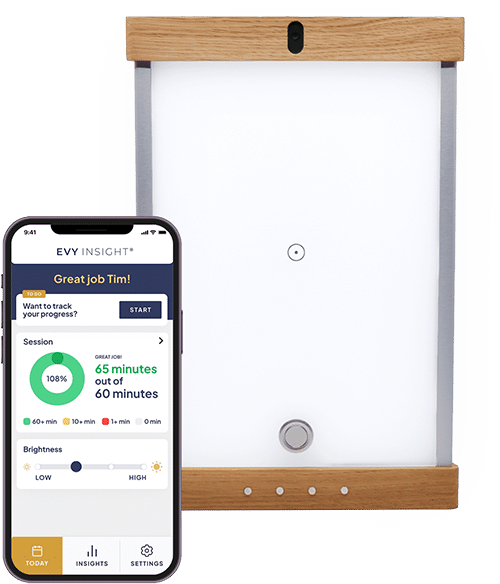
How To Evaluate And Plan Dementia Care
- Conduct a comprehensive assessment of LBD patients’ cognitive, physical, and social needs.
- Ensure that goals are designed to enhance memory, provide effective communication, manage stress, and ensure intervention planning such as:
- Managing medication
- Stimulate cognitive and communication strategies
- Carry out planned interventions and ensure that there is a periodic evaluation.
Frequently Asked Questions About Nursing Care Plan For Lewy Body Dementia
What Is A Nursing Care Plan For Lewy Body Dementia?
A nursing care plan is a document that has information about a patient’s specific needs, goals, and interventions to address a certain condition. When it comes to Lewy Body Dementia (LBD), it is important to have an effective care plan to address the complexity and needs of patients with LBD.








